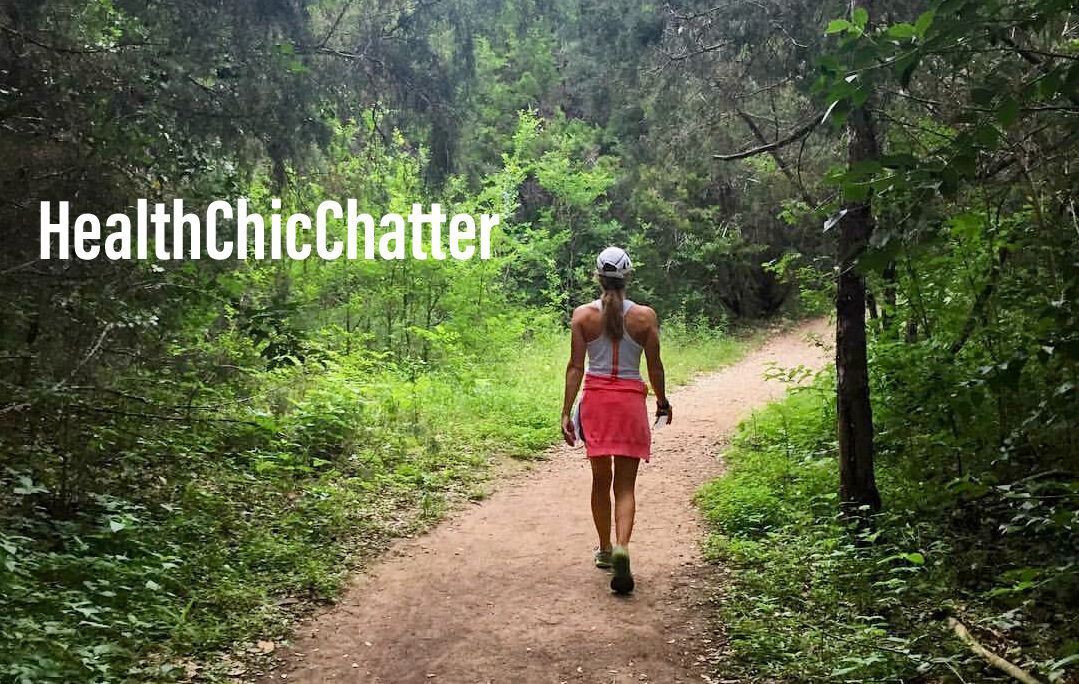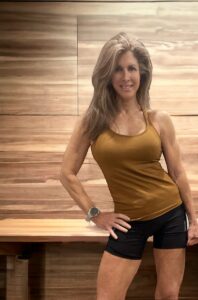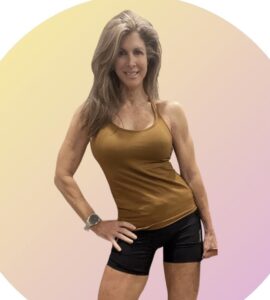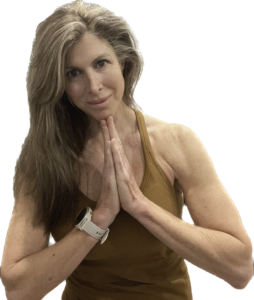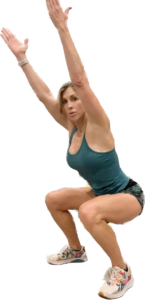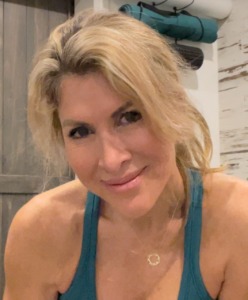What’s that? Healthspan is the period of life during which a person is healthy and free from disease. It is different from lifespan, which is the total number of years a person lives. A person can have a long lifespan but a short healthspan, or vice versa. I want my healthspan to align with my lifespan, don’t you? To do this, I’ll focus on these 3 things: strength training, eating healthy, and sleeping well.
So, here’s the thing, as we age, our bodies “can” go through a number of changes. My friends, I’m here to tell you that many age-related declines in health are related to lifestyle decisions…not age. And, one of the most significant changes is a decrease in muscle mass. The loss of muscle mass can lead to a number of problems, including decreased strength, balance, and bone density. In fact, muscle is so important, that it is used to determine not just lifespan and healthspan, but as a metric that unlocks our longevity potential!
To combat potential aging changes, it’s very important to strength train. Strength training helps to build muscle mass and improve bone density. It can also help to improve balance and coordination.
If you’re wondering how to get started, there are a number of different ways to strength train. One popular method is to use weights. Weights can be used to target specific muscle groups or to do full-body workouts. While a gym can provide a variety of options, it’s quite easy to get a great workout from home using your body weight, bands, gliders, or a ball. Resistance bands are a great option for individuals new to strength training or who have joint pain.
No matter which method you choose, it is important to start slowly and gradually increase the weight or resistance as you get stronger.
In addition to strength training, it is also important to eat a healthy diet. A healthy diet includes plenty of protein, fruits, vegetables, and whole grains. Limit ultra-processed foods and try to avoid chemicals, dyes, and preservatives AND be aware that “natural flavors” aren’t healthy. Read your labels!
To help your muscle-building efforts on the diet side, protein is essential for building and maintaining muscle mass. Fruits and vegetables are packed with vitamins and minerals that are essential for overall health. Whole grains provide fiber, which can help to keep you feeling full and satisfied.
It is also important to get enough sleep. Sleep is essential for muscle recovery. When you sleep, your body releases hormones that help to repair and rebuild muscle tissue. Most adults need around 7-8 hours of sleep per night. However, some people may need more or less sleep. (see prior post about sleep!)
Finally, it is important to listen to your body and take breaks when you need them. If you are feeling pain, stop the exercise and rest.
While strength training is a great way to stay healthy and fit as you age, below are some additional tips for anyone looking to improve their health and fitness today:
- Start slowly. If you are new to exercise, start slowly and gradually increase the intensity of your workouts over time.
- Find an activity that you enjoy. There are many different types of exercise, so find one that you enjoy and that fits into your lifestyle.
- Set realistic goals. Don’t expect to see results overnight. It takes time and effort to see changes in your body.
- Be patient. Don’t get discouraged if you don’t see results immediately. Just keep at it, and you will eventually reach your goals.
- Listen to your body. If you are feeling pain, stop the exercise and rest. Don’t push yourself too hard.
- Eat a healthy diet. A healthy diet is essential for overall health and fitness. Make sure to eat plenty of fruits, vegetables, and whole grains.
- Get enough sleep. Sleep is essential for muscle recovery and overall health. Most adults need around 7-8 hours of sleep per night.
- Stay hydrated. Drink plenty of water throughout the day, especially when you are exercising.
- Manage stress. Stress can take a toll on your health and fitness. Find healthy ways to manage stress, such as exercise, yoga, or meditation.
Following these tips can help you stay healthy and fit as you age.
As my friend Sharon likes to ask, “What have you got to GAIN?”

To read more:
The Best Anti-Aging Secrets Aren’t So Secret
Avoid These Seed oils (PUFAs) & Why
The Fountain of Youth (Lifting!)
